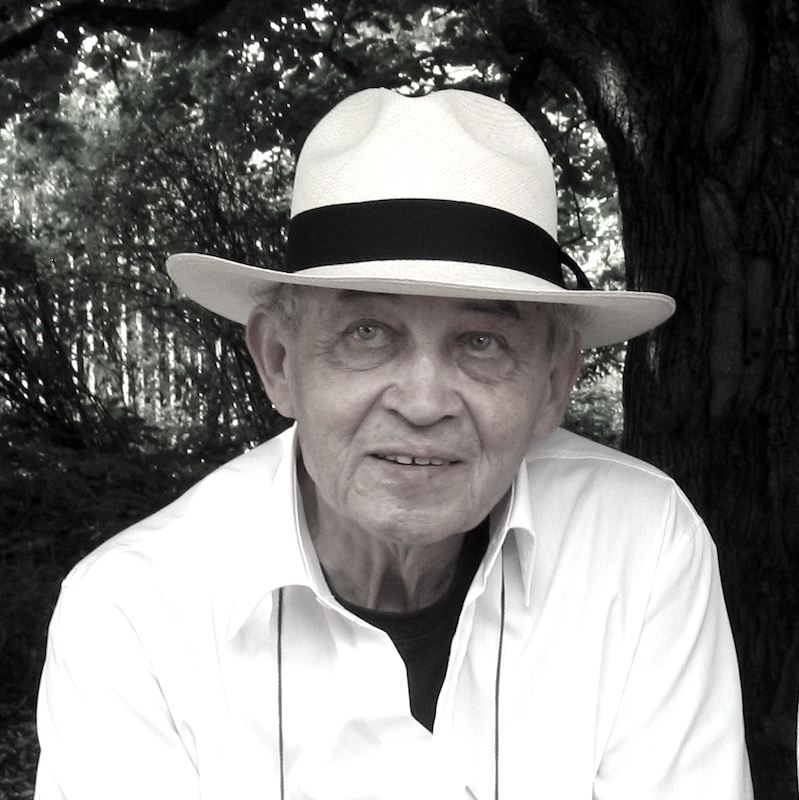The German artist and goldsmith Herman Jünger (1928 – 2005) is known for his gold jewelry. In the 1950s, he created jewelry pieces that were far removed from the conventional designs of the time, which aimed to show off the wearer’s wealth. Jünger played with gemstones, lines, enamel colors, hallmarks, bars, and archaic-looking marks, leaving a great deal of room for chance and lightness in the design process. As a teacher at the Academy of Fine Arts in Munich, he had a great influence on subsequent jewelry artists.
In 1970 he turned to a material that was completely untypical for him. He designed necklaces and brooches made of acrylic, which were to be mass-produced and sold in department stores. Jünger had become aware of the subject of costume jewelry through a commission from the Gablonz industry, which had approached the artist at the end of the 1960s with the aim of promoting the costume jewelry industry based in Neugablonz. Jünger used only elements made of plastic for his V-jewelry series. Colored acrylic glass plates, circles, squares, rectangles, formed the basis for his compositions. The variety of jewelry pieces ranges from large necklaces in neon colors to architecturally constructed brooches in white and gray. On the art market, jewelry pieces from the V-jewelry series are rare.
Biography
- 1928 born on June 26 in Hanau
- 1947 – 1949 State Academy of Drawing Hanau, journeyman’s examination as a silversmith
- 1953 – 1956 studies at the Academy of Fine Arts Munich with Prof. Franz Rickert
- 1962 Munich, Bavarian State Prize
- 1968 Ring of Honor of the Society for Goldsmiths’ Art Relocation to Poering
- 1972 Call as teacher to the Academy of Fine Arts Munich, class for goldsmith art
- 1982 elected member of the Bavarian Academy of Fine Arts
- 2005 Hermann Jünger dies in Pöring on February 6

